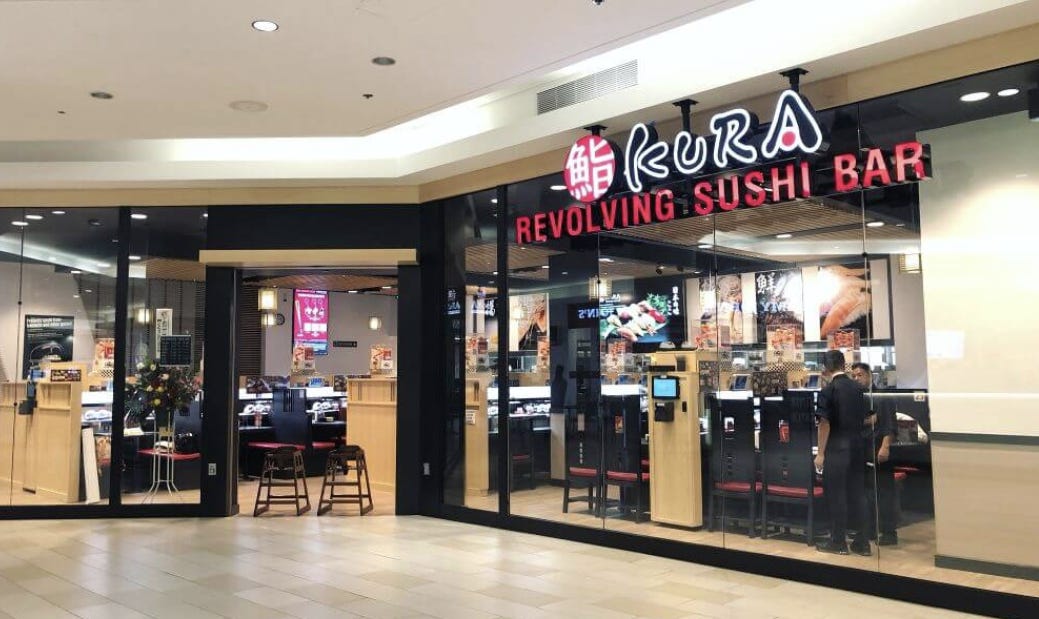Kaitensushi (回転寿司), Kura Sushi US
In this edition of the Deep Dive series, I wanted to break away from the larger-cap, and well-covered companies that I have previously been writing about. The likes of Etsy, Redfin, and Pinterest are all relatively well known and have market caps that range from $5 to $50 billion dollars.
Each of those businesses is already somewhat proven, and it’s up to the individual to decide if they are, indeed, great businesses or not. Instead, today’s piece will focus on something which is not yet proven. Something which is considerably smaller in value, at a market cap of ~$325 million at the time of writing, and something which is lesser-known to the broader investing public.
Most importantly, and most abstract from other editions, is that Kura Sushi is potentially not a great business.
Kura Sushi KRUS 0.00%↑ , today’s subject of discussion, is a Japanese sushi franchise based in the United States. Below, you can see an image of one of their stores in California.
At pre…



